The 'Nudge'
theory was proposed originally by Thaler and Cass Sunstein. This concept can be
adapted and applied to life coaching for enabling and encouraging changes in
behavior and perspectives to get desired outputs.
By
knowing how people think, we can make it easier for them to choose what is best
for them,” wrote Thaler and Cass Sunstein in their book Nudge,
which was published in 2008.
In
life coaching, a nudge is more like an enabler of, cognitive functioning which
facilitates a person to proceed with the desired behavior.
This
works by designing an environment to influence behavior in what is called
“choice architecture”.
As
an executive life coach, I use this to create a better choice architecture to
help my coachees make good decisions in their life. This happens when coachees
are made to think about their current reality, the factors holding them back, and
available options.
In
life coaching, modifying the choice architecture to encourage a certain
behavioral output, without prescription of any options, is a “nudge.” It taps
into the free will coachees’ display in decision-making.
Using
associations, identifying with social norms, introspective probing, and
deepening awareness, empowers coaches to choose their path with confidence.
Success
in life coaching lies in getting the coachees to think reflectively about the
choices they make, the paths they go down and the goals they aspire to reach in their
lives. It is based on understanding and allowing for the reality of situations
and human tendencies.
Additionally,
Nudge theory offers a wonderful methodology for identifying, analyzing, and
re-shaping existing choices that influence coachees.
Nudge
methods are easier for people to imagine doing, and less threatening and disruptive
to do. They are indirect, less confrontational, non-judgmental, open-minded,
and based on cooperation.
To
know more contact me at www.percyvaid.com













